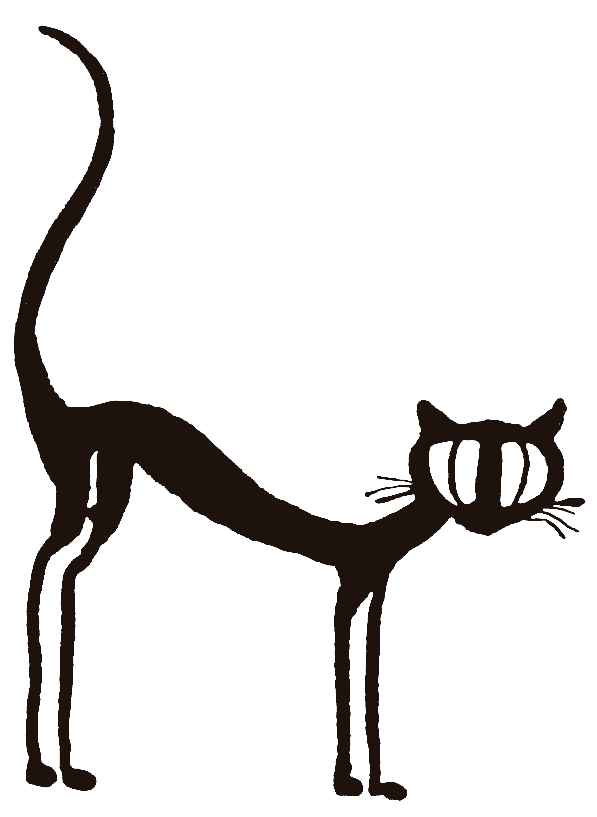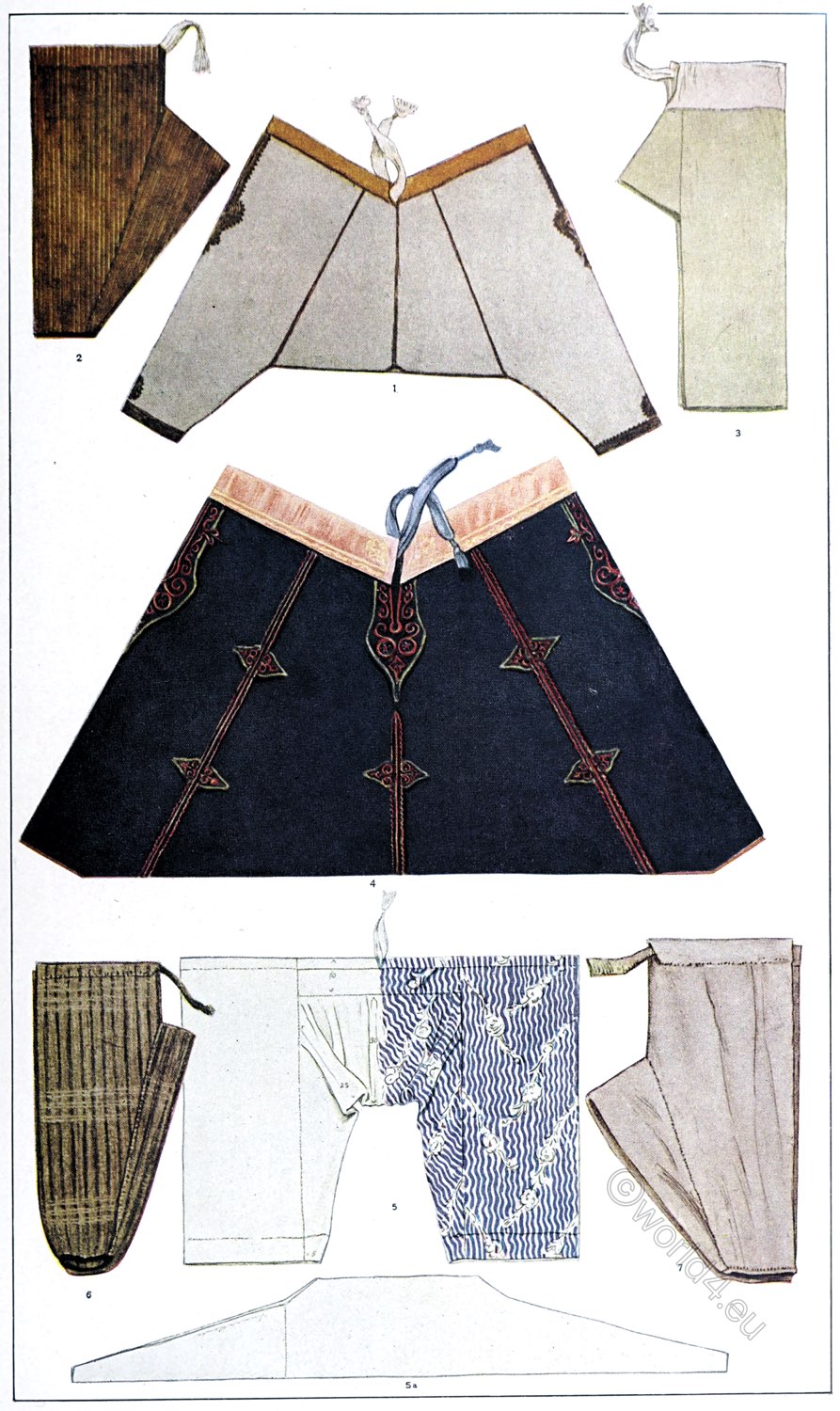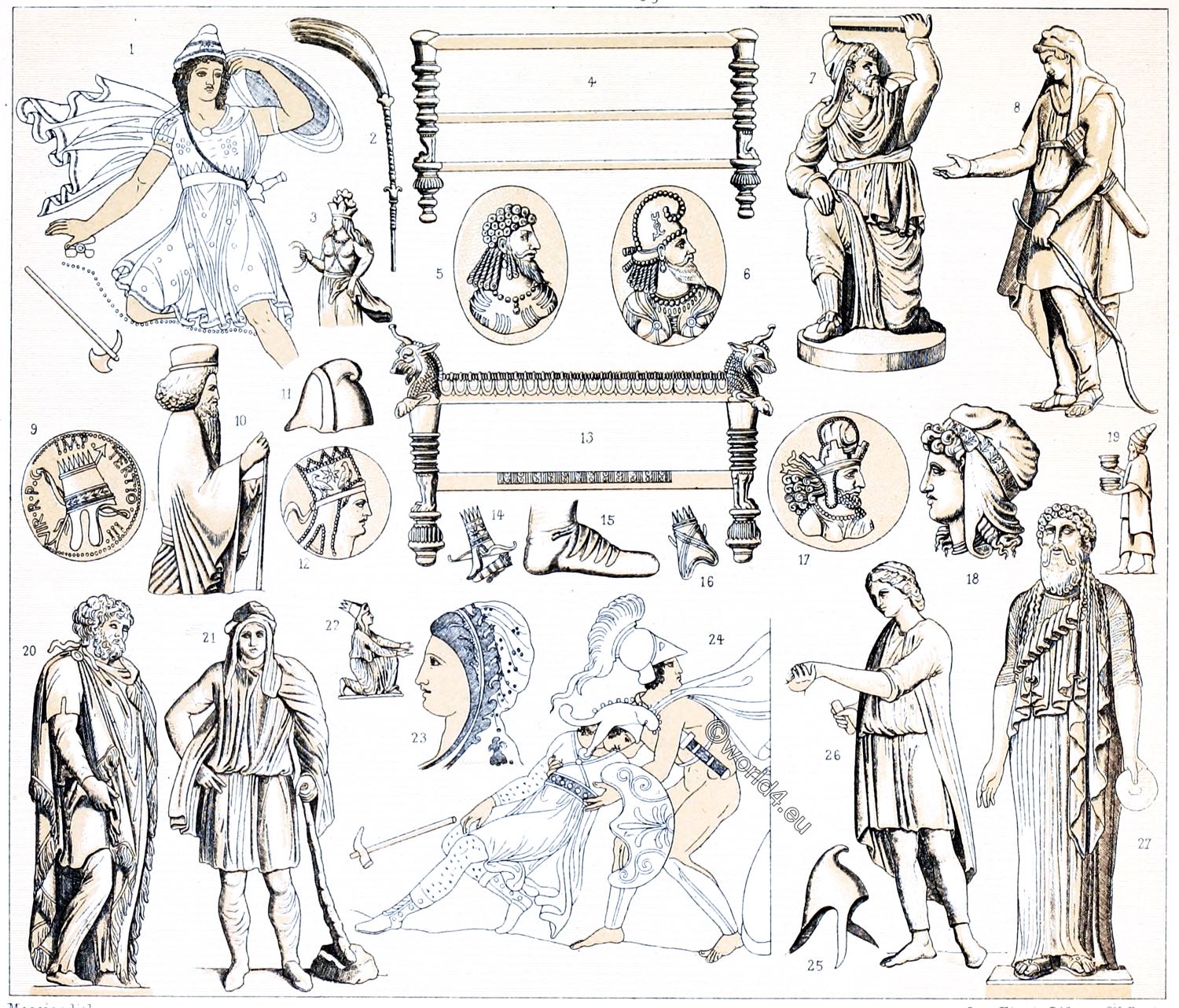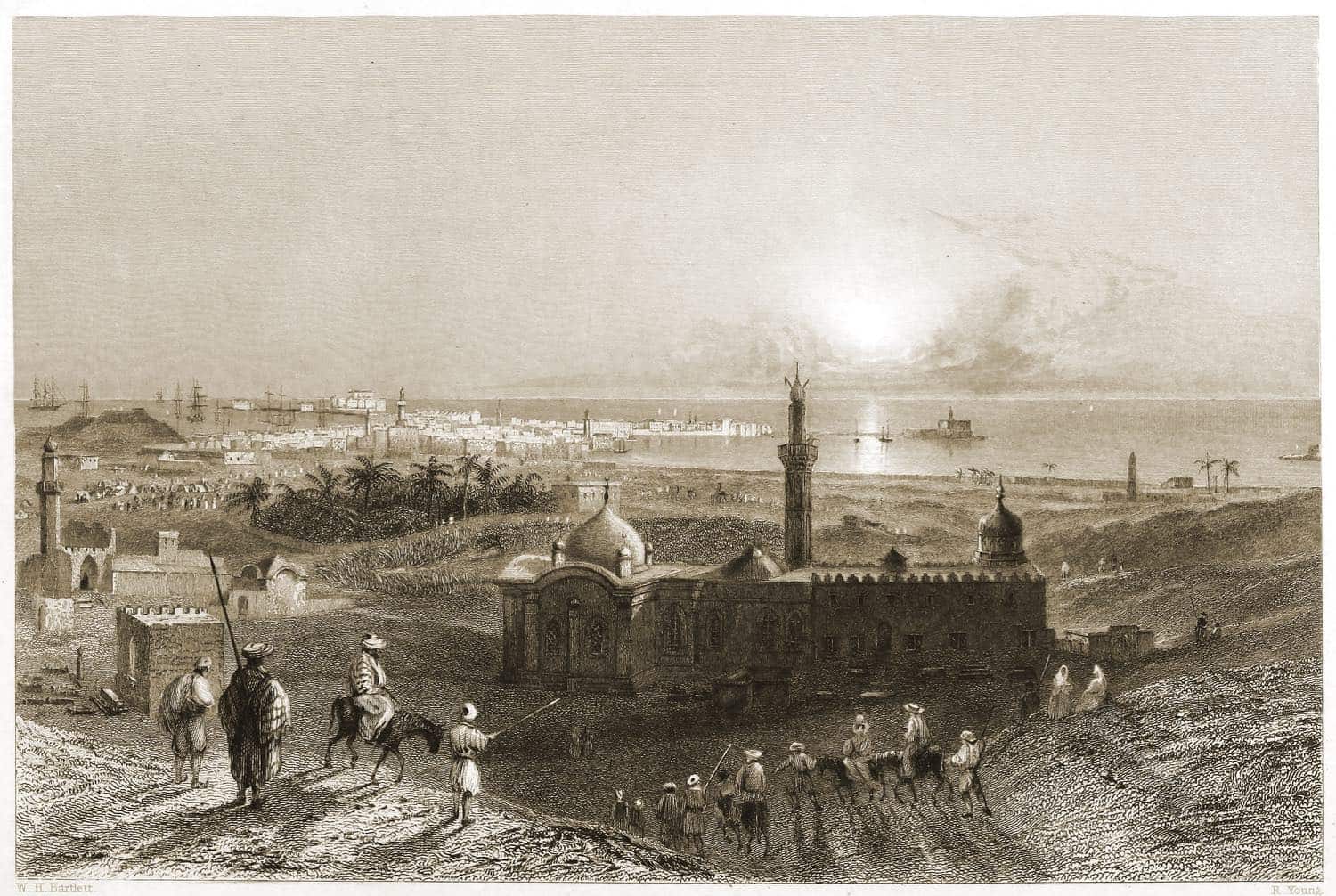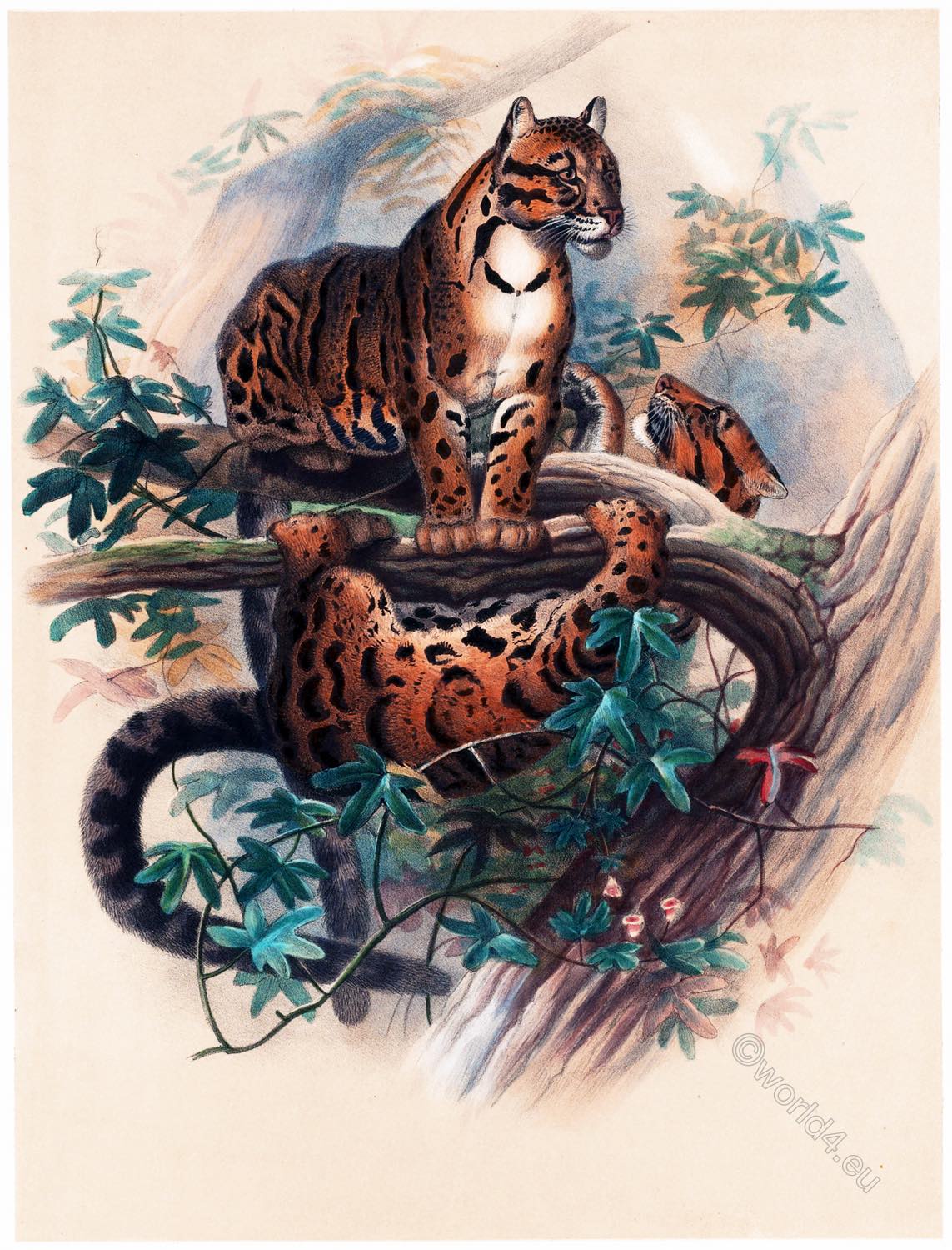
The clouded leopard (Neofelis nebulosa) is a big cat of south-eastern Asia. It looks remotely similar to a leopard, but is smaller and has larger, misty patches to which it owes its name.
Traditionally, four subspecies are distinguished, one of which is presumed extinct and another of which is now recognised as a distinct species:
- Sunda clouded leopard (Neofelis nebulosa diardi) – Sumatra and Borneo, extinct on Java. Considered a distinct species (Neofelis diardi) since 2006.
- Taiwanese clouded leopard (Neofelis nebulosa brachyurus) – Taiwan. The Taiwanese clouded leopard was relatively small, it is probably extinct.
- North Indian clouded leopard (Neofelis nebulosa macrosceloides) – Nepal to Myanmar.
- Indochina clouded leopard (Neofelis nebulosa nebulosa) – Southern China to Malay Peninsula.
THE CLOUDED LEOPARD.
Neofelis nebulosa
Synonym = (Original title) THE CLOUDED TIGER. Felis macrocelis.
Plate VII.
This very beautiful species was first discovered in Sumatra, by Sir Stamford Raffles, and a short notice of it, under its Malayan name of Rimau Dyan, was given in the catalogue of his zoological collection, published in the Linnean Society’s Transactions in 1822, (vol. xiii. p. 250). Shortly afterwards, M. Temminck, who had examined several imperfect skins of this animal in the collections of Leiden and Paris, and in that of the East India Company in London, gave a more extended notice of the species in the first volume of his “Monographies de Mammalogie,” under the appropriate name of Felis macrocelis. A living specimen of the new species was brought to England by Sir Stamford Raffles,in the autumn of 1824, and a more perfect description and figure was taken from this individual, and contributed to the “Zoological Journal,” by Dr. Horsfield. Sir Stamford Raffles’ specimen was placed, on its death, in the Zoological Society’s Collection, whence it was subsequently transferred to the National Collection in the British Museum.
The Sumatran specimen is identical in all respects with the subjects of Mr. Wolf’s drawing, one of which is still living in the Menagerie. They were obtained in Assam, by an officer in the service of the Hon. East India Company, who shot the mother, and succeeded in inducing his servants to rear the whelps, which were then but a few day sold. They have always preserved habits of the utmost gentleness, and exhibit extraordinary attachment to their attendant.
The character of the head, the great length and thickness of the tail, combined with a very peculiar coloration, which is excellently rendered in the drawing, distinguish these animals at the first glance from the other Leopards. Their nearest ally is a smaller species from Nepal, formerly also in the Society’s collection, which Mr. Hodgson has described under the name of Felis macrocelides, and which is carefully figured in the “Proceedings of the Zoological Society” for 1853.
In its natural state, according to Sir Stamford Raffles, the Clouded Tiger lives principally on trees, pursuing and feeding on birds, and is said by the natives to be in the habit of sleeping stretched across the fork of a large bough, a practice which our captive specimens often imitate among the branches with which their cage in the Society’s Gardens is supplied.
The Clouded Tiger is found in Borneo as well as in Sumatra, according to M. Temminck, but does not occur in Java. On the continent its range extends into Siam, and up the Malayan peninsular as far north as Assam. The Felis macrocelides of Nepal and Tibet, above mentioned, described as being found on both sides of the snow in lofty sites, is of smaller size, and rather different in its markings. Its claim to be considered a really distinct species, appears rather doubtful, but, on the other hand, the existence of the same animal in Sumatra and amidst the snows of Tibet, is certainly not in accordance with the general laws of geographical distribution.
Source: Zoological sketches by Joseph Wolf (1820-1899). London: Henry Graves, 1861.
